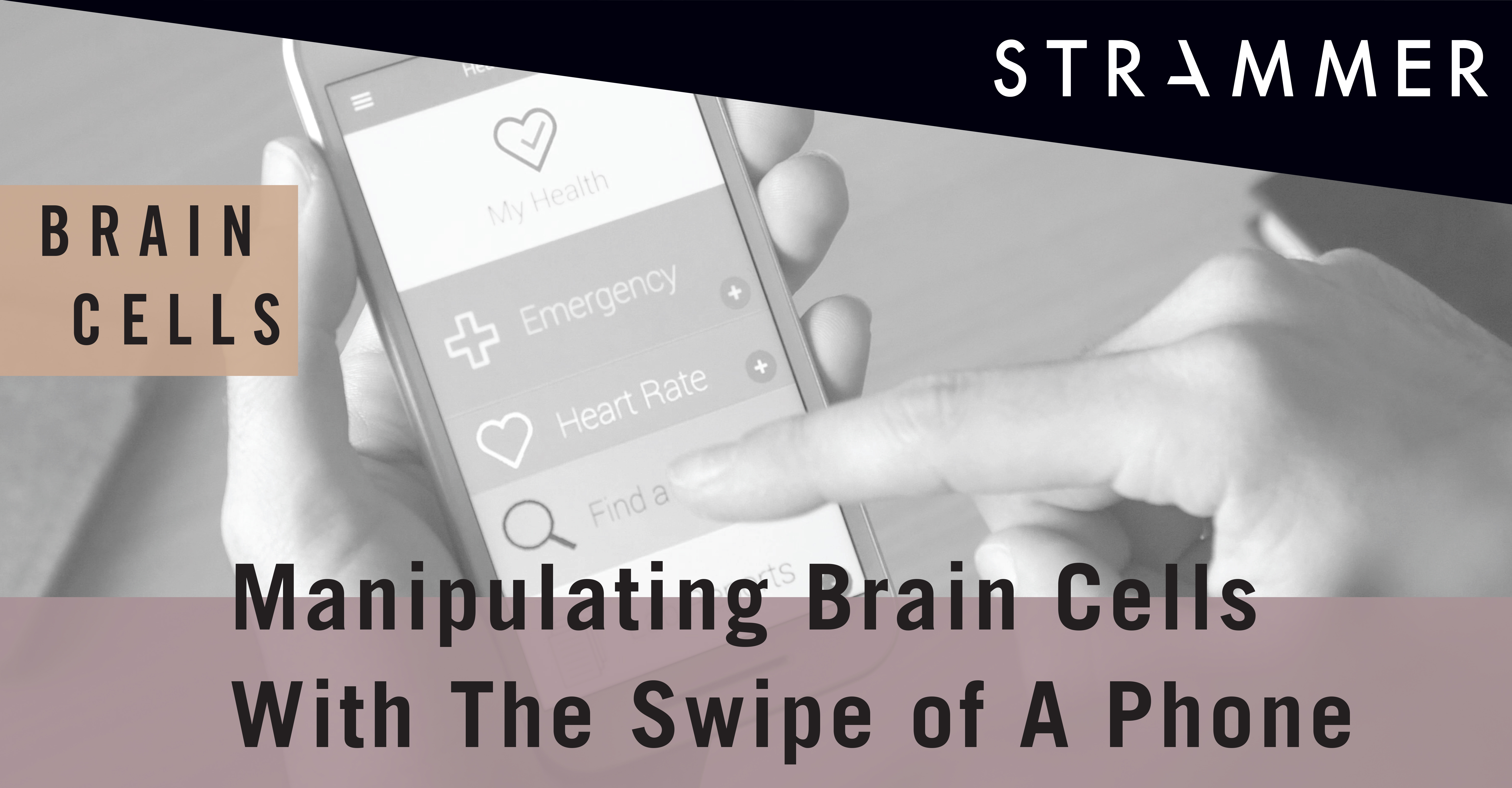Manipulating Brain Cells with the Swipe of a Phone
Modern science has already introduced advancements in neural technology, implants and brain control. When you think you have seen it all, researchers have taken another innovative step further, overshadowing conventional methods currently practiced.
A team of scientists in South Korea and United States have created a minuscule device that can control the neural circuits in the brain by using a simple, common smartphone. The Korea Advanced Institute of Science and Technology (KAIST) engineers teamed up with the neuroscientists of the University of Washington in hopes that their findings can give answers and better solutions for other neurological problems as seen in ailments like addiction, depression or even Parkinson’s Disease.
A professor at the University of Washington, Michael Bruchas, said;
“We are eager to use the device for complex pharmacological studies, which could help us develop new therapeutics for pain, addiction and emotional disorders.”
The device, with its powerful Bluetooth mechanism stored in a replaceable cartridge, will target certain neurons using administered drug and light over a long period of time. This way, scientists can accumulate data, allowing them to study any specific series of brain circuits for months at a time.
Lead researcher at KAIST, Raza Qazi, confirmed; “The wireless neural device enables chronic chemical and optical neuromodulation that has never been achieved before. » He also mentioned the new wireless device was a step up from the traditional rigid metal tubes and optical fibres. »
The test is through a simulation and delivery of light and drugs to a sample of live mice, where the device is attached to their heads. It is only rendered successful if the drug and light have been delivered effectively using the chronic wireless drug system and the cartridge. The idea is for scientists to be able to perform all this digitally on their smartphones without being physically present. In other words, they should be able to specifically control the implant by altering the quantity of drugs and light sequencing which will ultimately affect the movement patterns of the mice.
The results will give light to a better understanding of the neural circuit activity terms of the behaviours of neuromodulators within the brain. Neuromodulation is an ideal treatment for patients suffering from Alzheimer’s Disease, for example.
A professor of electrical engineering at KAIST, Jae-Woong Jeong, concluded by saying;
“This revolutionary device is the fruit of advanced electronics design and powerful micro and nanoscale engineering. We are interested in further developing this technology to make a brain implant for clinical applications.”
References:
- Scientists can now manipulate brain cells using smartphone, August 2019, Science Daily
- Assessment of Potential Targets for Deep Brain Stimulation in Patients With Alzheimer’s Disease, May 2015, NCBI
- Scientists can now manipulate brain cells using smartphone, August 2019, NyPost





